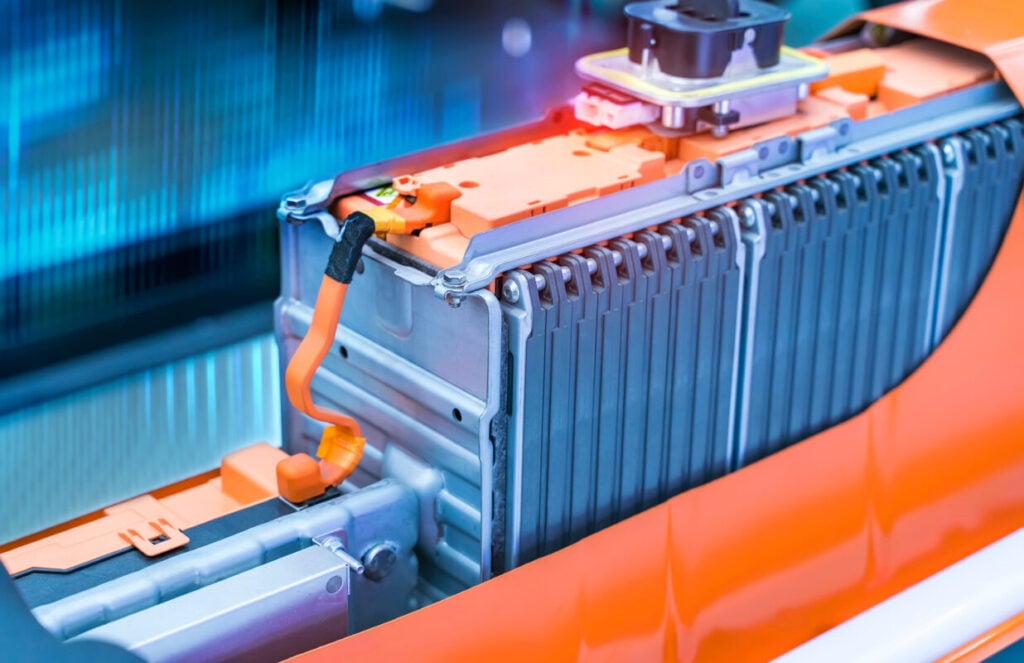
The energy storage industry needs to ensure reliability, safety and performance, and CSA C800-2025 is the standard to fulfil that need.
As energy storage systems (ESS) become integral to modern energy infrastructure, insurers, regulators, and Authorities Having Jurisdiction (AHJs) are increasingly focused on long-term system reliability and risk mitigation.
The challenge? Existing safety and performance standards, while critical, do not fully account for real-world hazards that could impact an ESS installation.
Try Premium for just $1
- Full premium access for the first month at only $1
- Converts to an annual rate after 30 days unless cancelled
- Cancel anytime during the trial period
Premium Benefits
- Expert industry analysis and interviews
- Digital access to PV Tech Power journal
- Exclusive event discounts
Or get the full Premium subscription right away
Or continue reading this article for free
From thermal runaway risks to mechanical damage, extreme climate exposure, and external impact events, ESS failures have raised concerns across the industry. These incidents highlight the need for a standardized approach to assessing ESS reliability beyond conventional safety testing.
Introducing CSA C800-2025: The first consensus-based standard designed to evaluate an ESS’s durability under extreme stress conditions.
Developed with input from insurers, regulators, and industry experts, CSA C800-2025 provides a structured testing protocol that aligns with the risk assessment criteria used by AHJs, insurers, financial institutions, manufacturers, and other relevant industry stakeholders.
Bridging the gap between safety compliance and real-world risk evaluation
While existing safety and performance standards define baseline safety parameters for ESS, they do not fully address extreme environmental conditions, large-scale fire risks, and mechanical stresses that systems may face in deployment.
AHJs, insurers, and investors want data that reflects how an ESS will perform under the challenging real-world conditions. CSA C800-2025 is designed to provide the critical risk assessment data, helping stakeholders make informed regulatory and financial decisions.
CSA C800-2025 evaluates ESS performance under:
- Large-scale fire testing: Assessing thermal runaway propagation and fire containment for installations.
- Environmental stress testing: Validating performance in extreme temperatures, flooding, and ice exposure.
- Mechanical impact scenarios: Simulating vehicular collisions, structural damage, and other physical stresses.
- Ballistics exposure testing: Validating resilience to unexpected external forces.
With a standardised framework for these tests, CSA C800-2025 provides regulators and insurers with verifiable data to assess installation safety, operational reliability, and long-term durability.
Why CSA C800-2025 matters for AHJs and insurers
For Authorities Having Jurisdiction (AHJs):
- CSA C800-2025 helps inform code enforcement decisions, verifying that ESS installations meet applicable safety and performance expectations beyond current standards.
- Large-scale fire testing data enables better fire code alignment, particularly in regions implementing stricter ESS regulations.
- The standardised testing protocol provides a consistent evaluation method for AHJs, helping reduce uncertainty in project approvals.
For Insurers and Financial Institutions:
- CSA C800-2025 allows insurers to quantify risk exposure with data-driven insights, leading to more accurate policy underwriting.
- By incorporating fire, environmental, and mechanical stress testing, the standard supports risk mitigation strategies, making ESS projects more insurable.
- The structured testing process strives to reduce liability concerns, helping provide a higher level of confidence for financial backers and investors.
CSA C800-2025: A consensus standard built for industry needs
CSA C800-2025 expands on the work of CSA TS-800:24, a technical specification for large-scale fire testing (LSFT). Unlike its predecessor, CSA C800-2025 is a fully developed, consensus-based national standard that is recognised in both the US (ANSI) and Canada (SCC). It also expands testing criteria to include a broader range of real-world failure scenarios.
CSA C800-2025 is the result of years of work by CSA Group’s technical committee, made up of a broad group of stakeholders including regulators, code officials, insurers, manufacturers, and testing experts, and their vast experience in the industry. It has been published as a US (ANSI) and Canadian (SCC) national standard.
CSA C800-2025 represents a significant step forward in regulatory-aligned ESS testing, offering manufacturers, regulators, and insurers a unified framework to assess system durability, safety, and long -term viability.
Global testing capabilities for CSA C800-2025
CSA Group’s advanced network of global laboratories supports manufacturers in testing their ESS to CSA C800-2025. Our testing solutions in North America and Asia include:
- Large-scale fire testing in North Carolina, U.S., and Suzhou, China.
- Battery electrical, mechanical, and fire testing in Cleveland, U.S., and Kunshan, China.
- Certification to key industry standards including UL 1973, UL 9540, and UL 9540A.
CSA Group laboratories that conduct tests for ESS operate under ISO/IEC 17025 accreditation, enabling consistent and reliable test results globally.
To contact an expert at CSA Group to discuss your ESS testing needs, visit the website and submit the form.
The headline of this article has been amended to correct an error in the originally published version.
